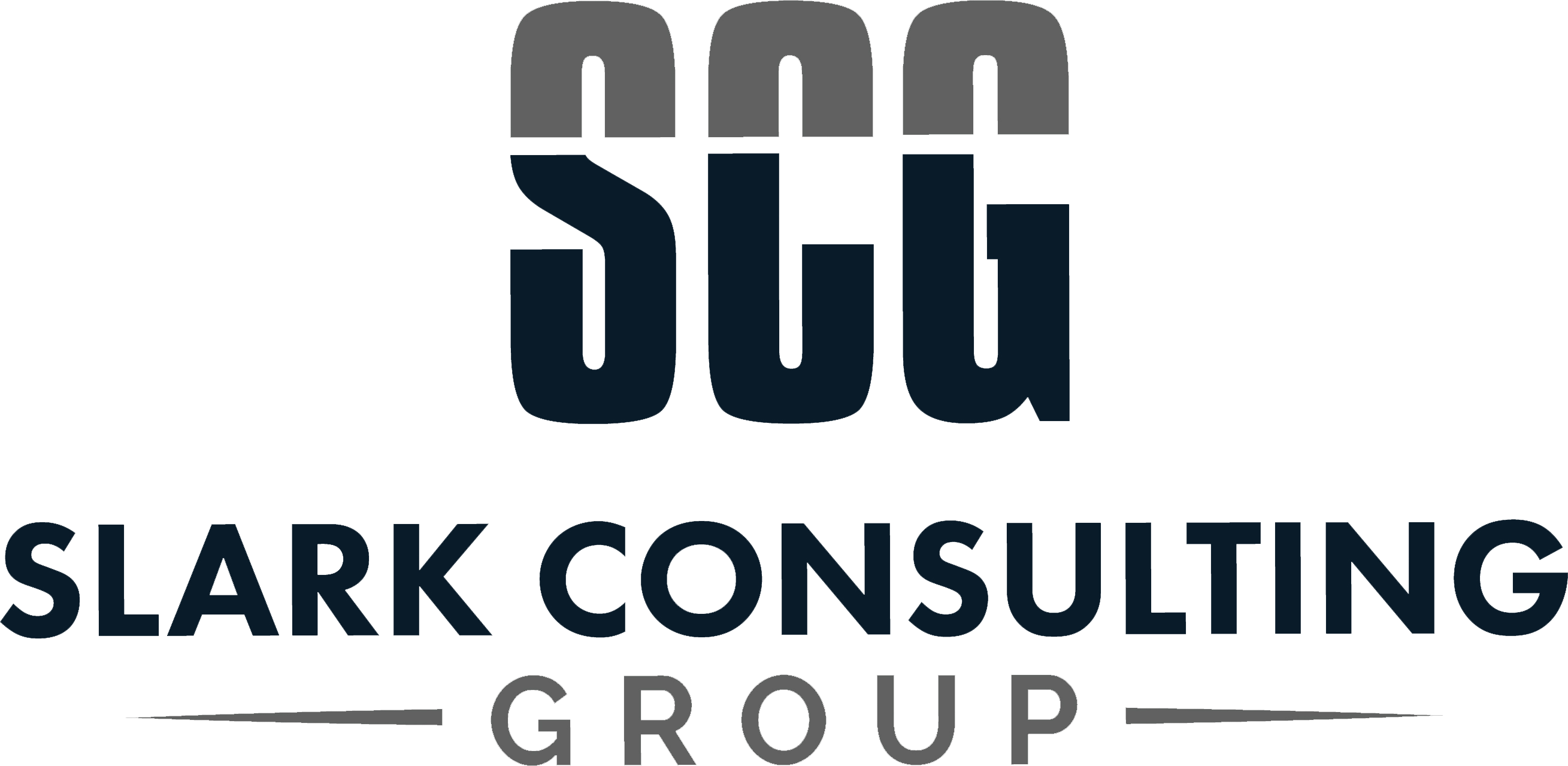Amid business uncertainty, clarity in objectives and goals stands as the beacon that guides companies through the murky waters of the market. Establishing clear, actionable, and strategic goals is beneficial and imperative for sustained success. Let’s delve into the significance of setting short-term and long-term business objectives, understand the repercussions of navigating without them, and explore a strategic roadmap for developing, measuring, and adjusting these goals.

The Importance of Business Objectives and Goals
Setting business objectives and goals is akin to plotting your course in a vast ocean. Short-term goals act as waypoints, ensuring you’re on the right path, while long-term goals are your ultimate destination. This strategic planning enables businesses to focus their efforts, align their resources, and foster a sense of purpose among their team members.
Benefits of Having Clear Goals
- Direction and Focus: Clear goals provide a sense of direction. They help businesses focus their efforts on what’s most important, ensuring that resources are allocated efficiently and effectively.
- Motivation and Engagement: Employees are more motivated when they understand how their work contributes to the company’s objectives. This clarity enhances productivity and fosters a cohesive work environment.
- Strategic Alignment: Goals ensure that all aspects of the business are aligned toward achieving the same results. This alignment is crucial for maintaining consistency in organizational actions and decisions.
- 4Measurable Success: With specific objectives, companies can track their progress and measure their success against predefined benchmarks, facilitating informed decision-making and strategic adjustments.
The Pitfalls of Goal-Less Business Operations
Operating without clear goals is like sailing without a compass; it’s not just challenging, it’s risky. The lack of direction can lead to wasted resources, inconsistent decision-making, demotivated employees, and, ultimately, business stagnation or decline. Without goals, businesses struggle to measure success, making it difficult to accurately secure investor confidence or gauge customer satisfaction.
Crafting Your Strategic Roadmap
Developing effective business goals requires a strategic approach considering the company’s vision, competitive landscape, and market dynamics. Here’s a step-by-step strategy for setting and achieving your business objectives:
- Assessment and Reflection: Understand where your business stands. Assess your strengths, weaknesses, opportunities, and threats (SWOT analysis). Reflect on past performances to inform future goal setting.
- Vision Alignment: Ensure that your long-term goals align with your company’s vision. This alignment guarantees that your efforts contribute to your business’s broader purpose and direction.
- Specific, Measurable, Achievable, Relevant, and Time-bound (SMART) Goals: Set goals that are specific, measurable, achievable, relevant, and time-bound. This framework ensures that your objectives are clear and attainable, providing a solid foundation for your strategic plan.
- Action Plans: Break down each goal into actionable steps. Assign responsibilities, set deadlines, and determine the resources required for each task. This detailed planning transforms your objectives into executable strategies.
- Monitoring and Measuring Progress: Establish key performance indicators (KPIs) to track progress. Regularly review these metrics to ensure you’re on track to meet your goals. This ongoing evaluation allows for timely adjustments in response to unforeseen challenges or changes in the market.
- Adaptability and Flexibility: The business world is constantly changing, and so should your strategies. Be prepared to adjust your goals and action plans as necessary. This flexibility will help you stay relevant and competitive, even in unexpected circumstances.
- Resource Realignment: As you progress towards your goals, continuously assess and realign your resources to ensure they are optimized for the most critical tasks. This might involve reallocating budgets, adjusting manpower, or leveraging new technologies to enhance efficiency and effectiveness.
Embracing Continuous Improvement
Remember, setting goals is not a one-time event but an ongoing process that requires regular review and adjustment. It’s about creating a dynamic strategy that evolves with your business and the market. Encourage a culture of continuous improvement within your organization, where feedback is valued and learning is integral to operational success.
Call to Action
Are you ready to chart a course toward success with well-defined business objectives and goals? Contact Slark Consulting Group today. Our team of experts is dedicated to helping businesses like yours develop robust, effective strategies that align with your vision and drive measurable results. Let us guide you in setting, achieving, and surpassing your business goals, ensuring your successful and remarkable journey.
Embark on your path to success with Slark Consulting Group—where your vision becomes our mission, and your goals become our achievements. Reach out now and transform your business aspirations into reality.
